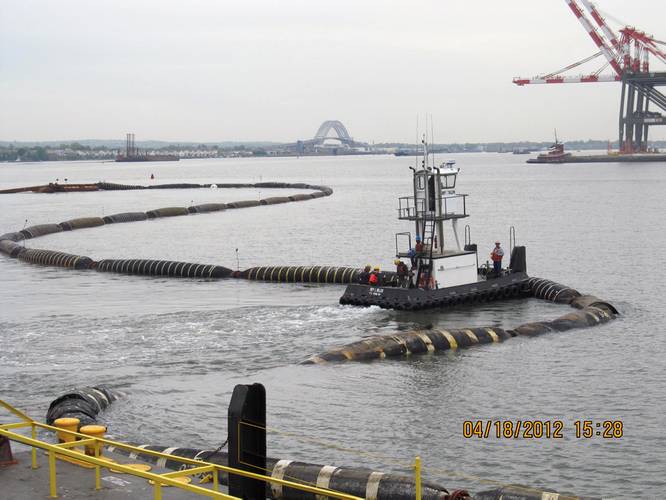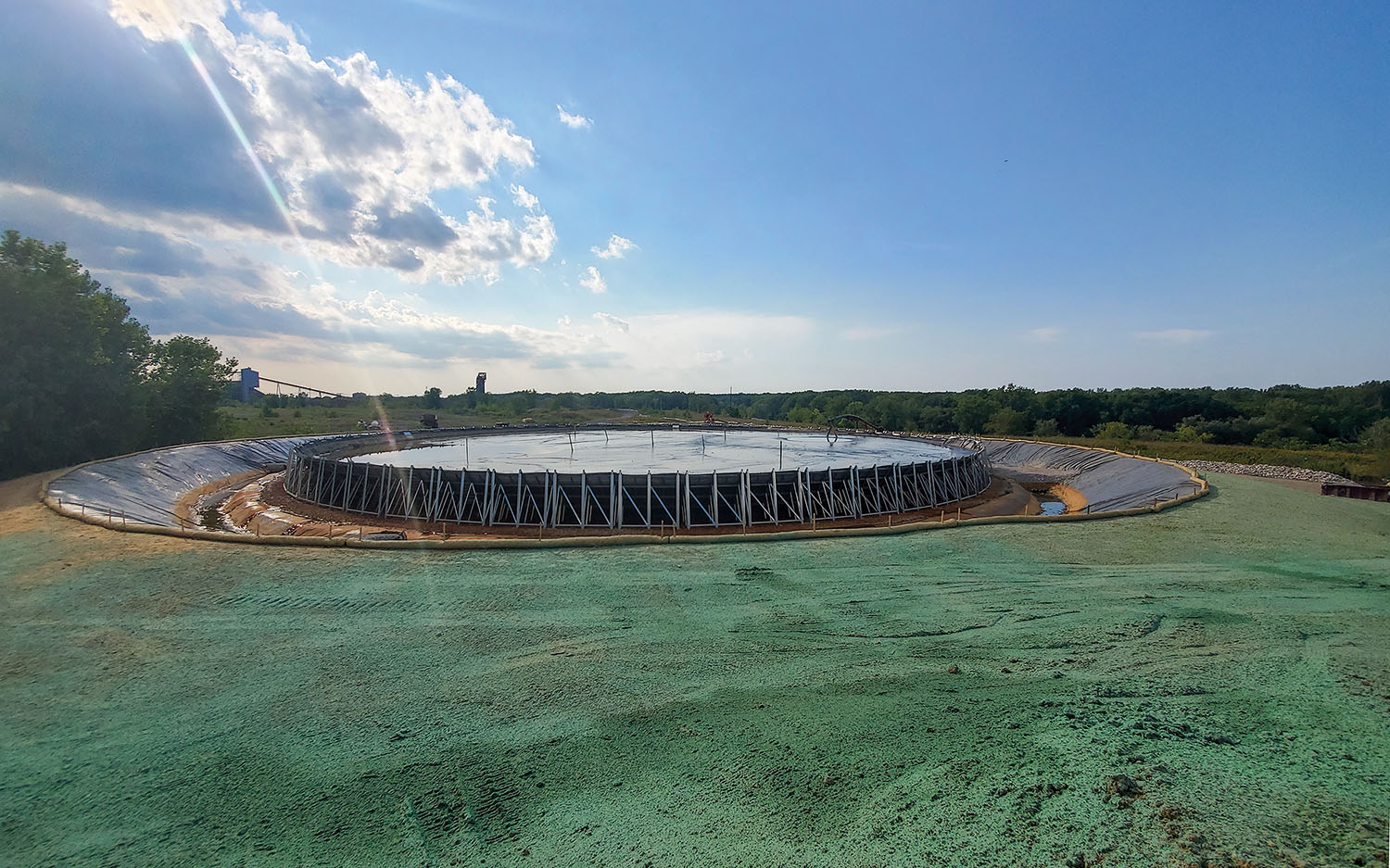
cuneatus population on the swash zone was ranged between 1.3 ± 1.5 and 88.3 ± 9.6 m−2. Total organic carbon content in the sediment ranged from 0.27% to 0.70%.

Mean water temperature along the coast ranged from 29.1 ± 0.15◦C to 31.2 ± 0.15◦C. Totally, 20 sites were selected both on south and north side in increasing spatial scale from mixing zone, 12 locations were selected toward south side at a distance from 0 (near mixing point) to 2,000mand eight location were selected toward north from the effluent mixing zone. Results of the 2005 RISDS survey indicated that in the six months since disposal activities at RISDS had concluded, the biological community at RISDS was recovering relatively rapidly and Stages II and III infauna were present throughout the region.Impact of thermal discharge from a coastal power station (Madras Atomic Power Station, southeast coast of India) on the spatial variability of Donax cuneatus abundance was assessed to determine the impact boundary. Based on observed patterns of physical, chemical, and biological responses of seafloor environments to dredged material disposal activity it was expected that the benthic community within RISDS would be in an intermediate phase of recolonization (Stage II). These complementary techniques aided in the assessment of the benthic recovery process within RISDS following the placement of dredged material from the Providence River and Harbor Maintenance Dredging Project (PRHMDP).

Each of these techniques provides a different, yet complementary perspective on benthic community conditions. The survey included the collection of sediment-profile and plan-view images, and benthic biology grabs. A monitoring survey was conducted in July 2005 at the Rhode Island Sound Disposal Site (RISDS) as part of the Disposal Area Monitoring System (DAMOS) program.


 0 kommentar(er)
0 kommentar(er)
